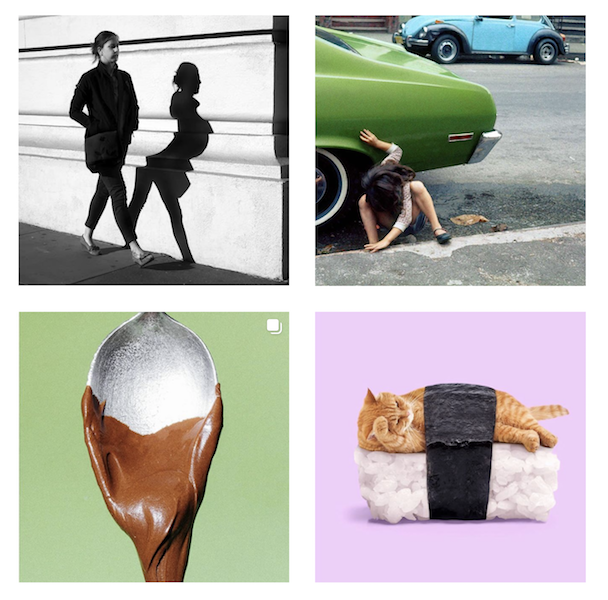Street Photography 101
September 17, 2019

© Melissa Breyer, NYC
Shot in 1838 by Daguerre, art historians would agree that Boulevard du Temple is the very first street photograph.
All thanks to this unknown man getting a shoe shine on the bottom left of the picture. A person in a place. A man (or a woman) behind a camera. Serendipitous encounters, witnessed through the lens.
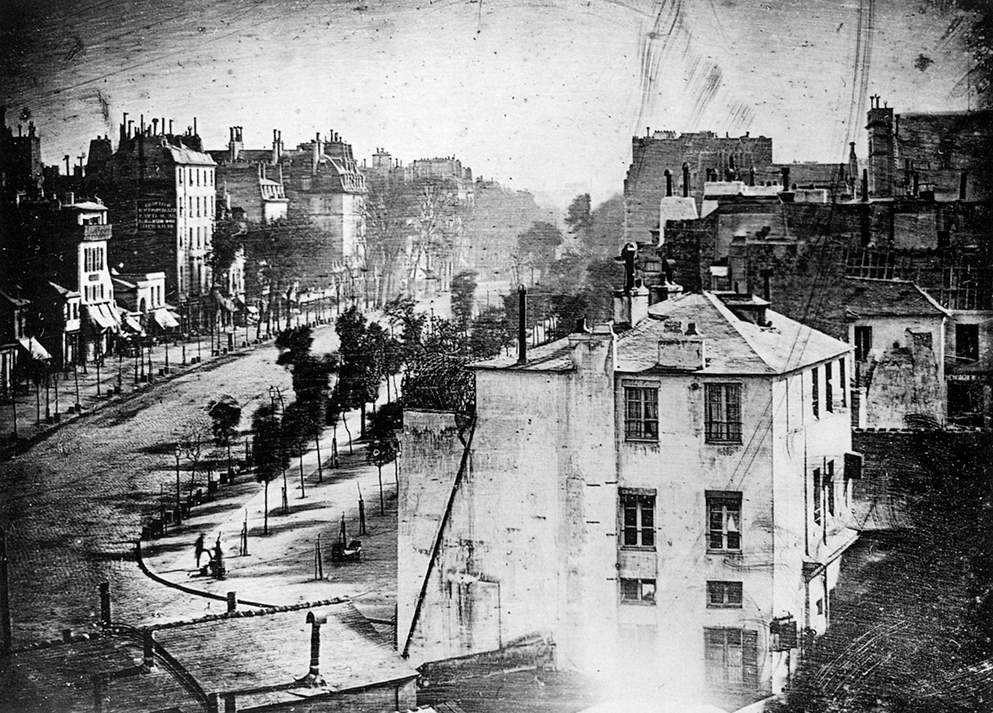
© Daguerre, Boulevard du Temple, 1838
Street photography feeds upon random incidents. Which is why it could only truly emerge as an art form when the image-making process became fast enough to capture movement and the image capturing device small enough to take down to the streets — or any public setting worth portraying. Some 76 years later, in 1914, the first 35 mm Leica developed by Oskar Barnack provided such a device, thus paving the way for a future generation of street photographers.
Today, with the ubiquitous camera, we find street photographers documenting life every day, in each and every city of the world. Thanks to advanced technology, we can now say, “Everyone is a photographer”. Or should we really be thankful for that?
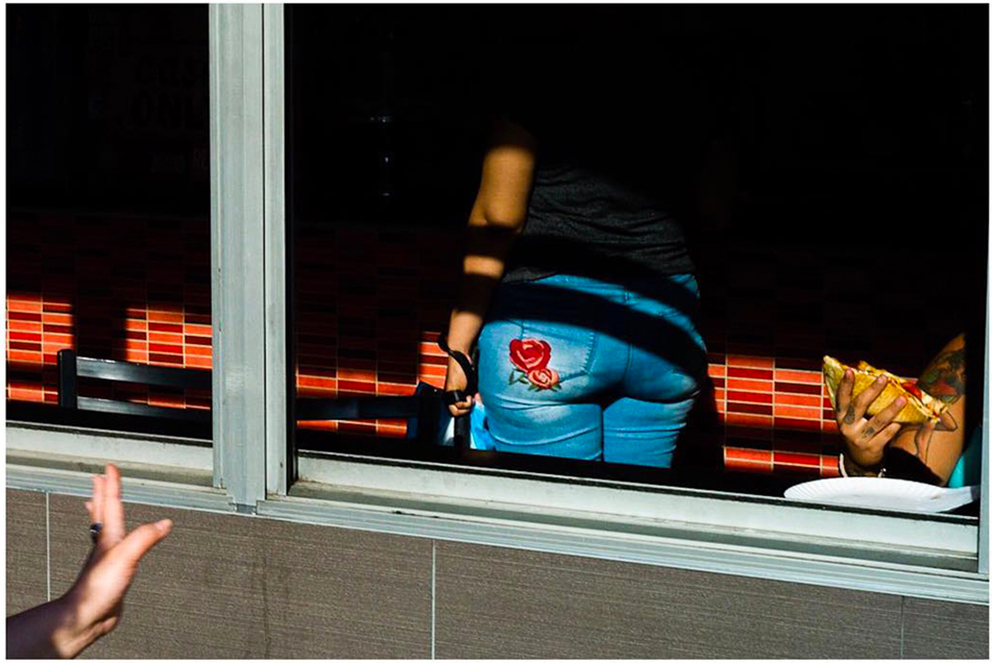
© Fairvanity, New York, USA
Photography soon became a means to record human activity and capture the human condition. Take Google street view: a global visual catalog, listing nearly every place accessible to a camera. That’s right, Google has the resources to produce more street photos than any street photographer could dream of.
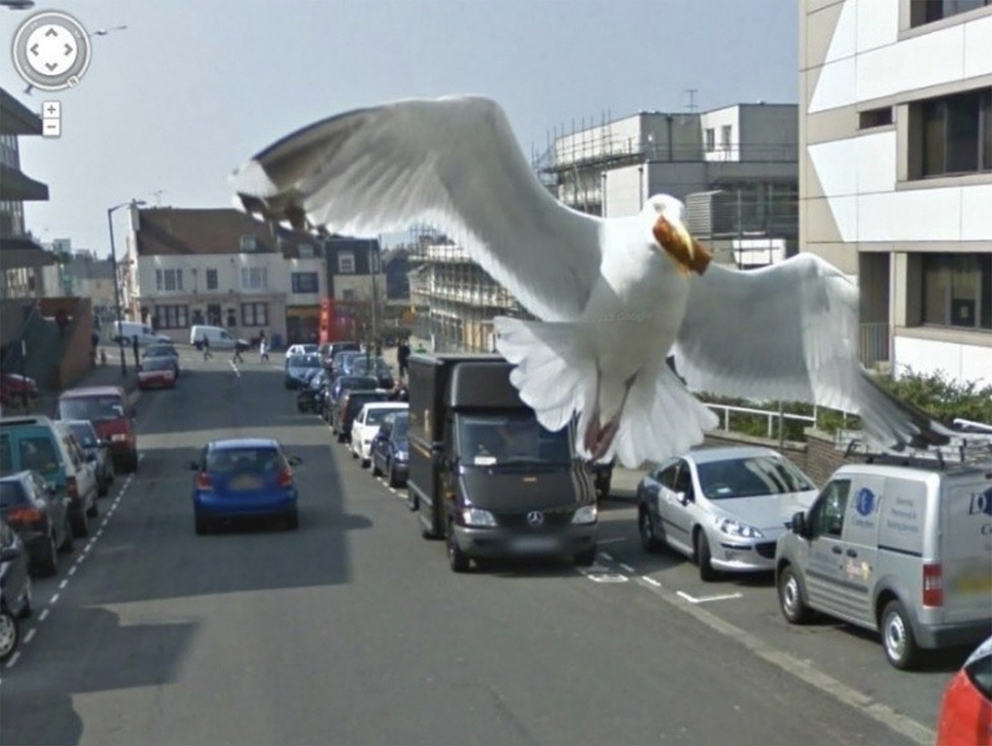
Google Street View, Florida, USA
So street photographers today must offer something Google can’t. Like finding added meaning through juxtapositions, shadow plays, scale differences or perspective interactions. To do that you either have to luck out, or to find a place where you think something might happen, anticipate, and patiently wait for chance to be on your side. You could also see two separate places, things or events and juxtapose them in post, today’s ways of creating images allow for this. And the most important thing is to “see” your image, not only capture what exists in real life. Who knows if Matt Stuart’s image below is real or if he has added the peacock in post? I personally don’t care, the result has enough humor and is visually striking (stop press, we have confirmation from Matt, and it's not post, it's the eye he's been training on the streets for the past 25 years!).
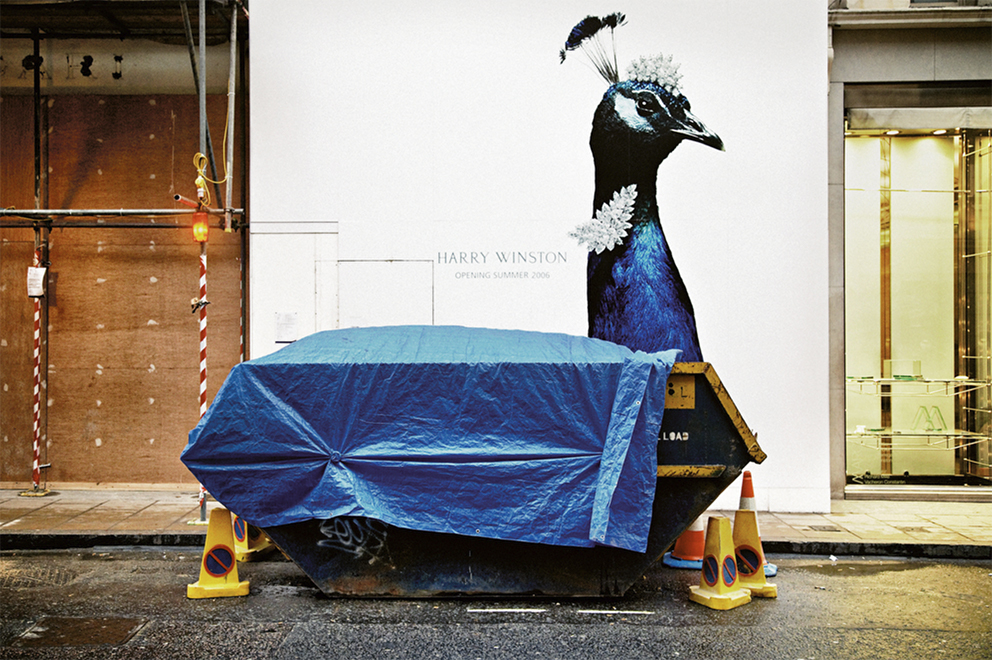
© Matt Stuart, London, UK
Street photography allows for both a personal point of view on the human condition, and a humorous view of our interactions with each other and our environment.
1-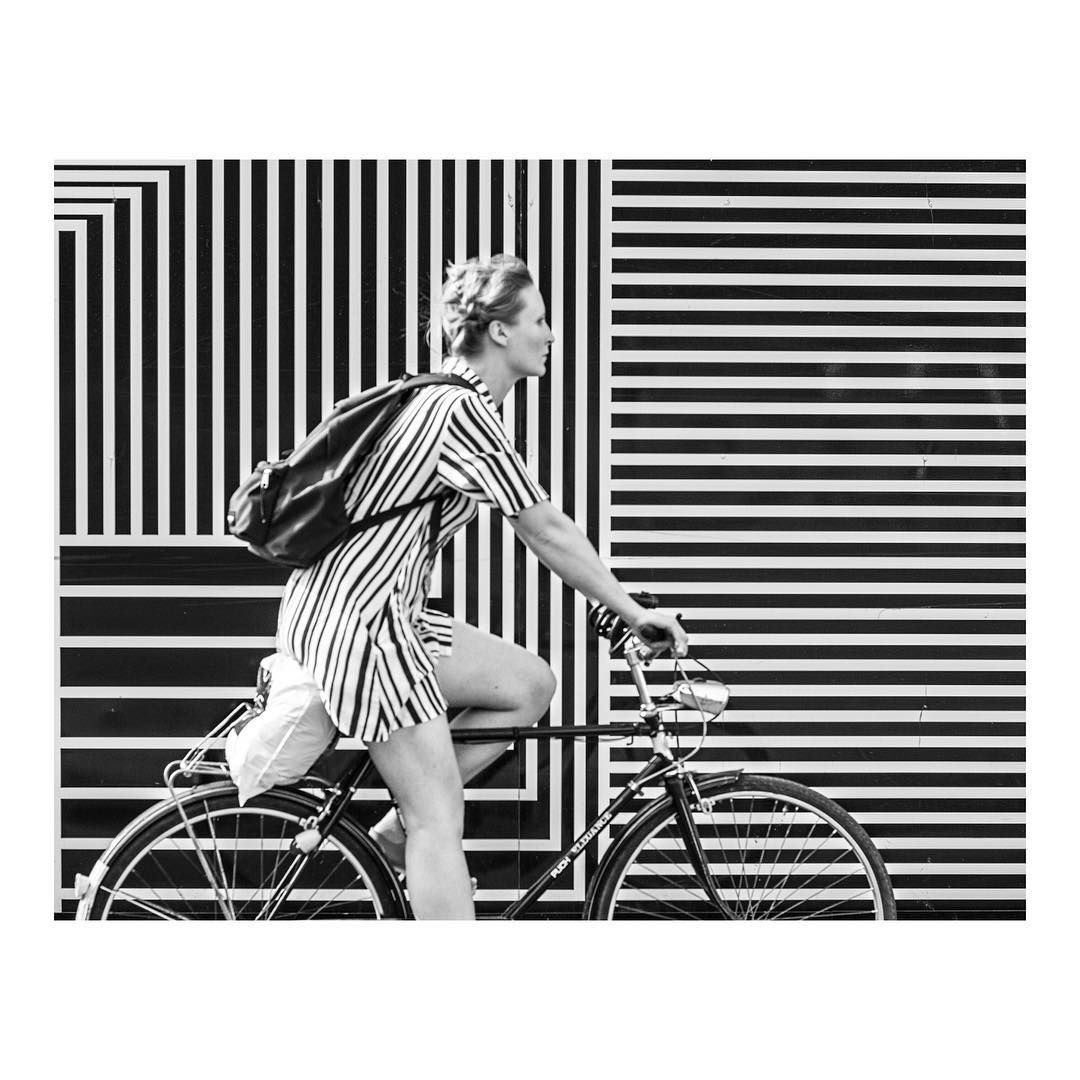 2-
2- 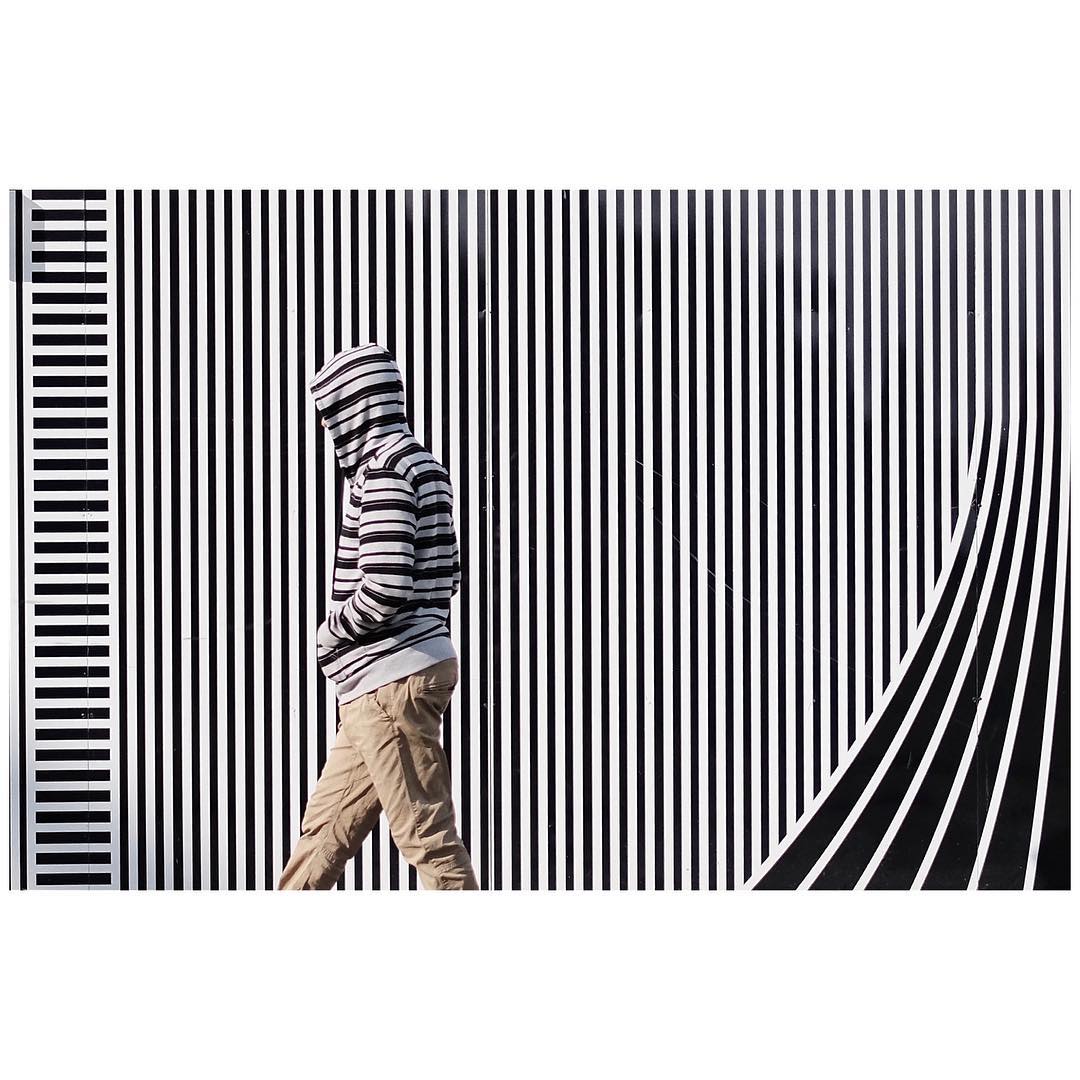 3-
3- 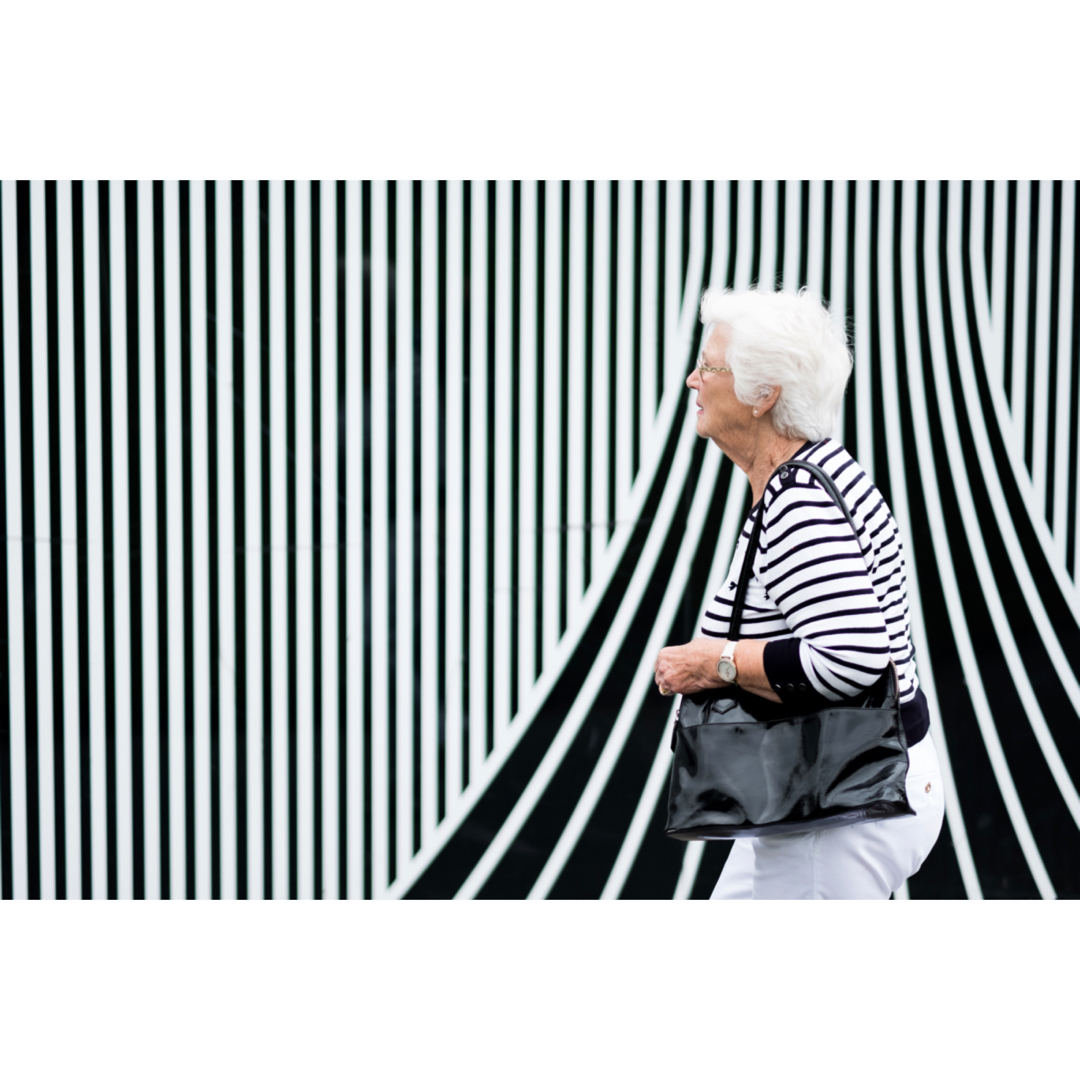
1- © Sonia Fitoussi, London, UK
2- © SixStreetUnder, Cambridge, UK
3- © John Hughes, London, UK
A street is a street, anywhere, with similar attributes all over the world. And we're more image savvy than ever. Street photographers who stand out are those who can bring us novel views, or express our lives better than we could. It’s like texting. Anyone can (and does) text, but not everyone is a poet. (Images above from the Streetrepeat project)
Here are a few street photographers from all over the world who do just that. Some with a social or political message, some with a broader outlook on human life. Whichever perspective they choose, they all achieve outstanding mastery of the image-making process, and at times, even create their own photographic language.
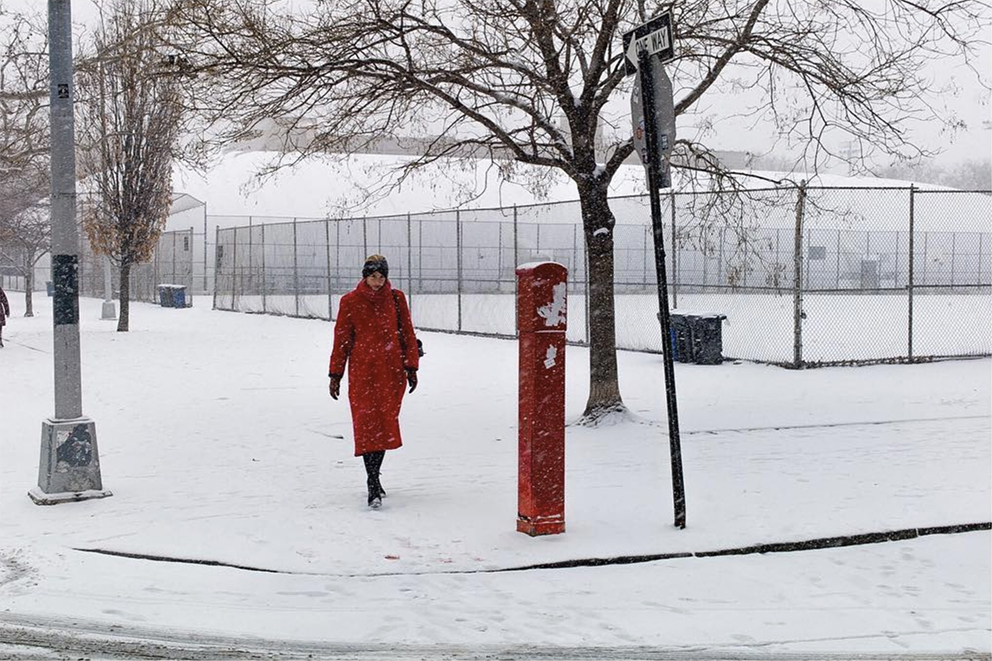
© Chervine, NY, USA
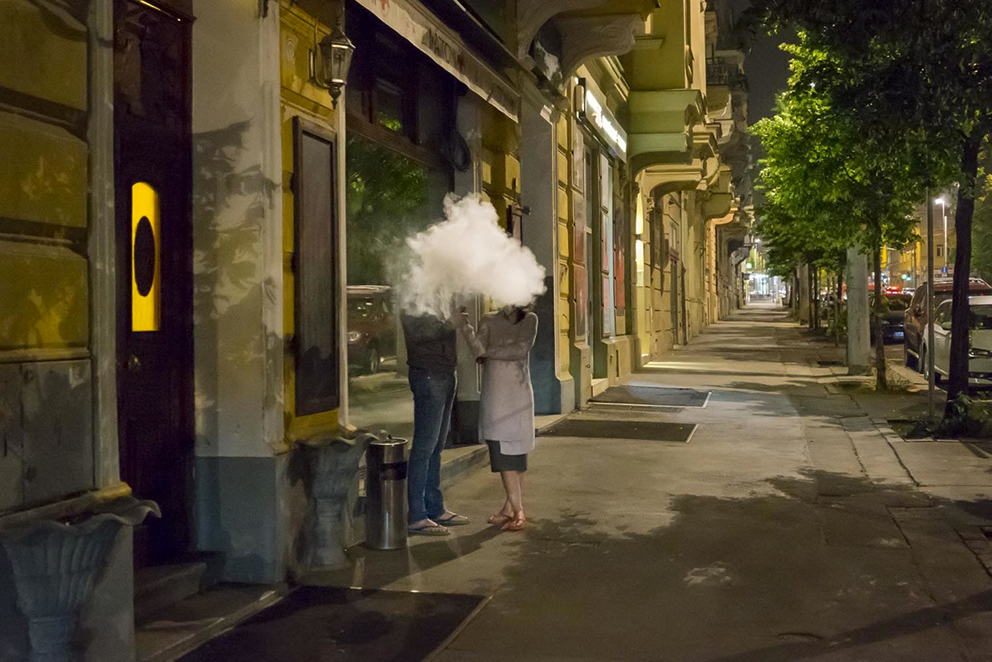
© Julie Hrudova, Amsterdam, The Netherlands
Together, we co-create the memory of our ever-changing visual landscape. Turning history into something familiar and intelligible, for us to make our own.
However, with street photography, everyone and their mother is a photographer, but which ones are really able to turn this image grabbing into a real professional activity? Sometimes, very good street photographers will decline work offer that potential clients send them. They know it's not their job, actually they already have a job. And making a career out of photography is miles away from leisurely snapshot hunting.
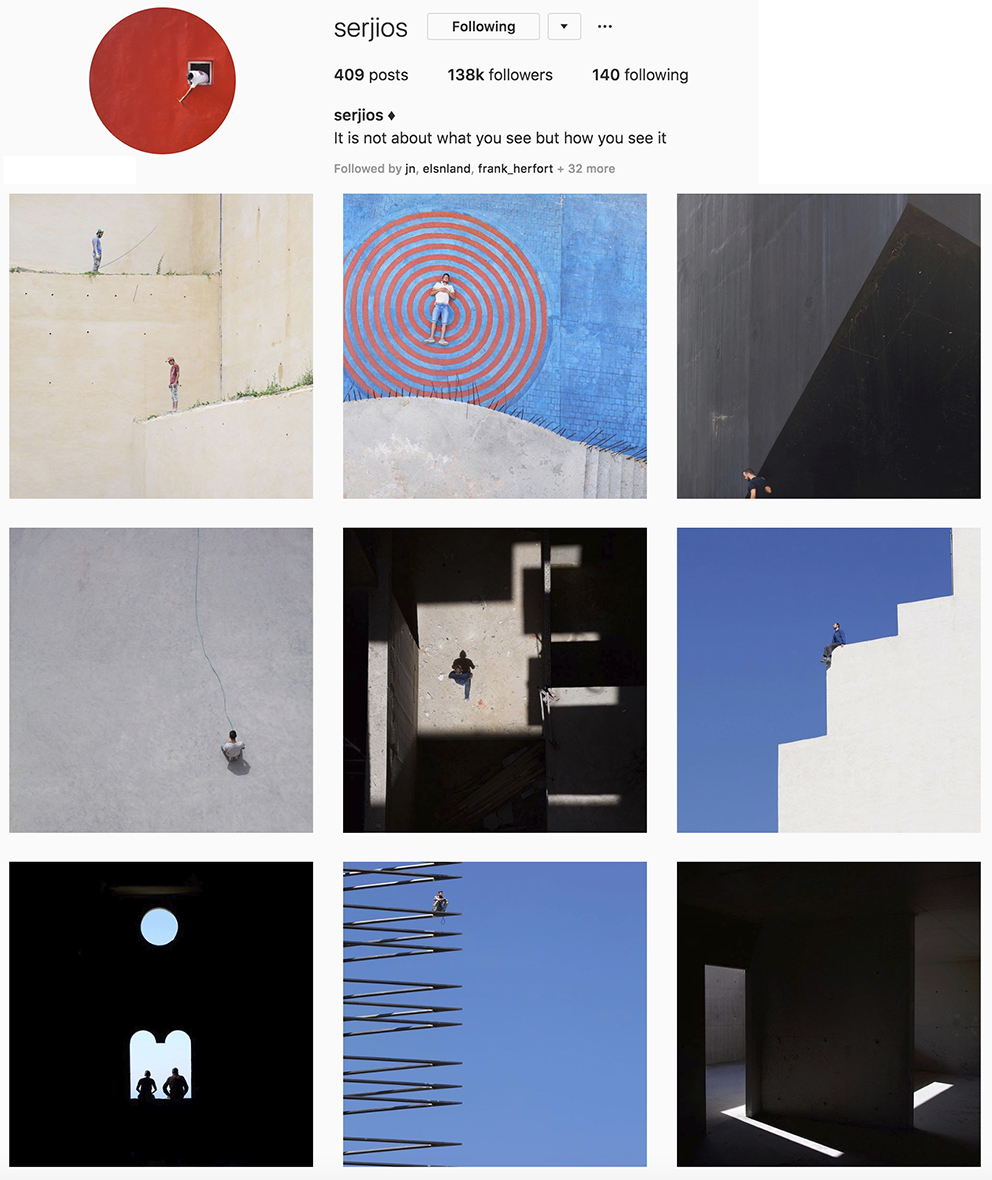
One of them, Serjios, is a lawyer, but, sorry, he won't be available for clients commissions (and many architecture firms have tried :-)
At Ooshot, we love to discover new talents, and we connect with them to make sure they're willing and able to take on commissioned projects for clients. With that key purpose in mind, we assess their experience, and their ability to manage a visual content production project and to deliver images compliant with the client’s brief. Once they’re tested and approved, we match them with a client. Because when it comes down to doing business, reliability is priceless.
Similar news
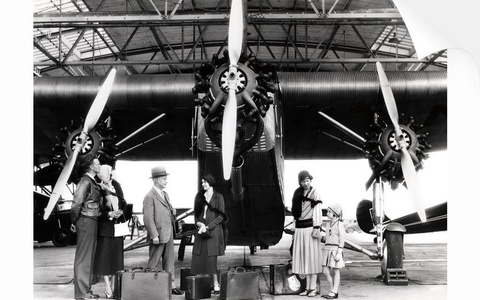
Up Or Out – Market Demands Push Freelancers To Go 2.0
November 26, 2019

Talent Talking
September 17, 2019
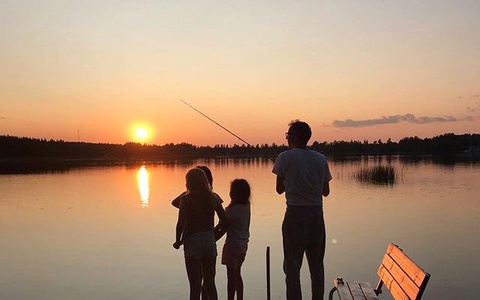
More Than Meets The Eye
September 17, 2019

